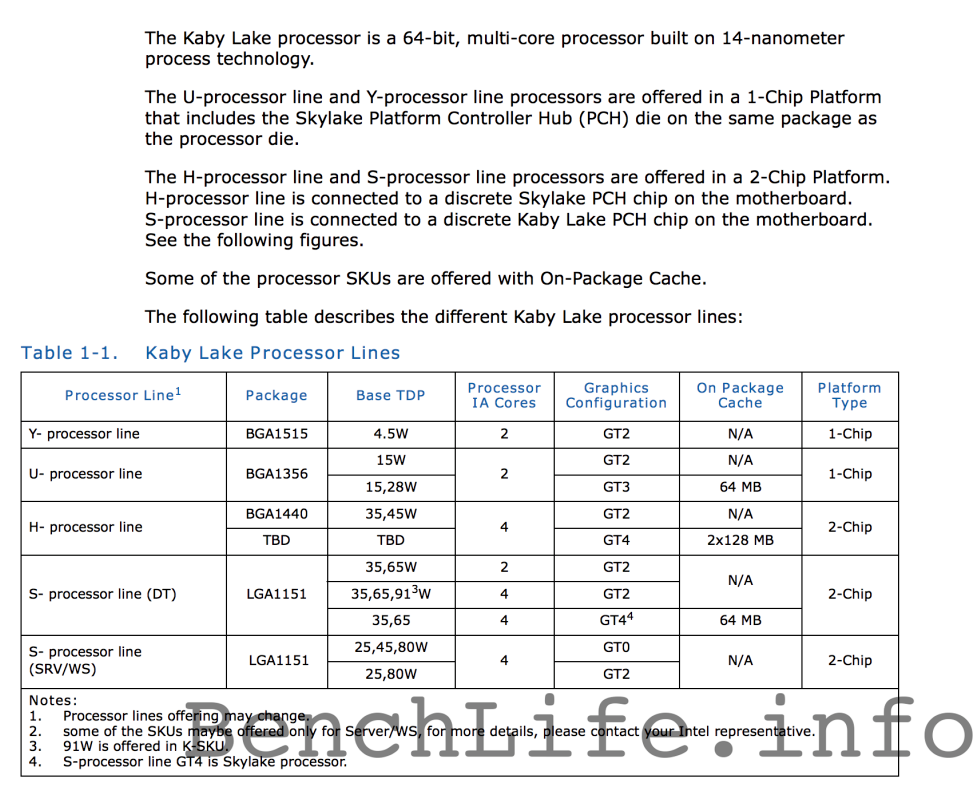Intel has led the desktop processor market for the last decade, dominating in price and performance nearly without challenge since the introduction of the Core 2 chips in 2006. However, as of late the challenges of improving silicon chips has slowed their progress.
Combined with a lack of true competition from their rival AMD, PC enthusiasts have been left somewhat wanting in terms of faster and more powerful processors. Today, enthusiasts have more bad news: Intel's Cannonlake, originally slated for 2016 and later 2017, is now on hold indefinitely. Instead, Intel's current processors--of the Skylake platform--will be succeeded by the less drastic Kaby Lake platform.
Intel's efforts follow a plan known as the 'Tick-Tock' model. Every 'Tick' represents a shrinking of the previous processor design to a smaller manufacturing process. This results in greater power savings, slightly improved performance, and overall a refining of the previous design.
Every 'Tock' represents a leap forward in design, introducing a completely new processor architecture. This usually results in much greater processing power improvements and new features. Essentially, things get smaller every Tick, and a new design is created every Tock. Skylake, the current new release from Intel, is the Tock, a brand new design on the already-established 14nm manufacturing process. Cannonlake was to be a Tick, shrinking the design down to 10nm.
Little is yet known about Kaby Lake. It will be a 14nm process, but whether it will take the place of a Tick on Intel's roadmap or a Tock remains to be seen. Kaby Lake processors are expected to contain the standard dual and quad core offerings. There will be five lines of processors, Kaby Lake Y, U, H, and two S lines.
The desktop offerings, the S line, will utilize the same socket as the current Skylake processors, the LGA1151, with simple drop-in replacement support. Design power will be between 4.5 watts and 91 watts.

Kaby Lake represents an uncomfortable truth in the silicon processor world as of late: manufacturing is becoming more and more difficult. Cannonlake and the 10nm process has been delayed several times. Enthusiasts may note that progress is so slow, even venerable Sandybridge processors such as the 2500k and 2600k, launched in 2011, hold their own against and occasionally surpass modern chips in terms of raw performance.
Though the dimensions of the manufacturing node now bear little relation to the actual physical size of features on the chip, designers are now running up against atomic limitations in size and performance.
Moving beyond 14nm has been thought to require serious rethinking in design, and if Kaby Lake is any indication, that may prove to be true. The age of rapid miniaturization may soon come to an end. It may take new, radical innovation to continue moving forward. Only time will tell if designers and manufacturers are up to the task.
https://www.techspot.com/news/61103-intel-10nm-cannonlake-delayed-replaced-14nm-kaby-lake.html
